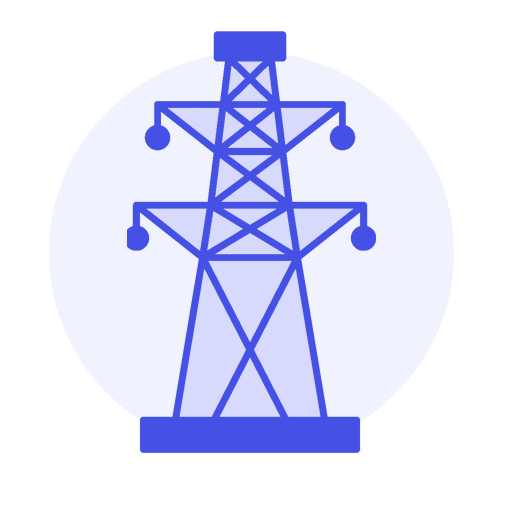A construction laborer or construction worker does physical labor on construction sites. They may prepare sites by cleaning them, loading or unloading materials, and removing hazards. A general laborer may also run some types of equipment, or put together and take apart scaffolding and other temporary structures. They are essential to highway construction, building, and environmental remediation.
Great physical health and strength.
Great at multi-tasking.
Work well in a team environment.
Responsibilities
- Operate and care for construction equipment and machines.
- Load or unload construction materials.
- Put together and take apart temporary structures, such as scaffolding.
- Ready to learn from on-the-job training when necessary.
- Remove, fill, or compact earth.
- Prep construction sites by cleaning obstacles and hazards.
Key Skills & Attributes
(technical training and on the job)
- Tool operation.
- Following instruction.
- Time management skills are a must.
- Critical thinking and problem solving skills.
- Communication skills.
- Technological know-how.
- Strength and endurance
- Great hand-eye coordination.
What You’ll Need
Entrance Requirements
Highschool or equivalent. Complete a three-to four year apprenticeship program. Once you successfully complete the required on-the-job training, technical training and exams, you are awarded a journeyperson certificate.
Alex
Dalton
Sadjo
Tara
Trish
Start Building Your Skills!
Do you have the skills to succeed in the skilled trades? Sign up for FREE learning resources tutorials and more to get started in a career in construction.
Hourly Pay
Approx. $38-$39
(Based on journeyperson)
Projected Construction Worker Retirements
~ 8,100 by 2029**BuildForce Canada
Did You Know?
Labourers build highways and bridges, waterways and dams, hospitals, schools and government institutions. They make streets, communities, cities and provinces work. From low rise to high rise construction, pouring concrete to landscaping homes, they literally and figuratively build communities.


